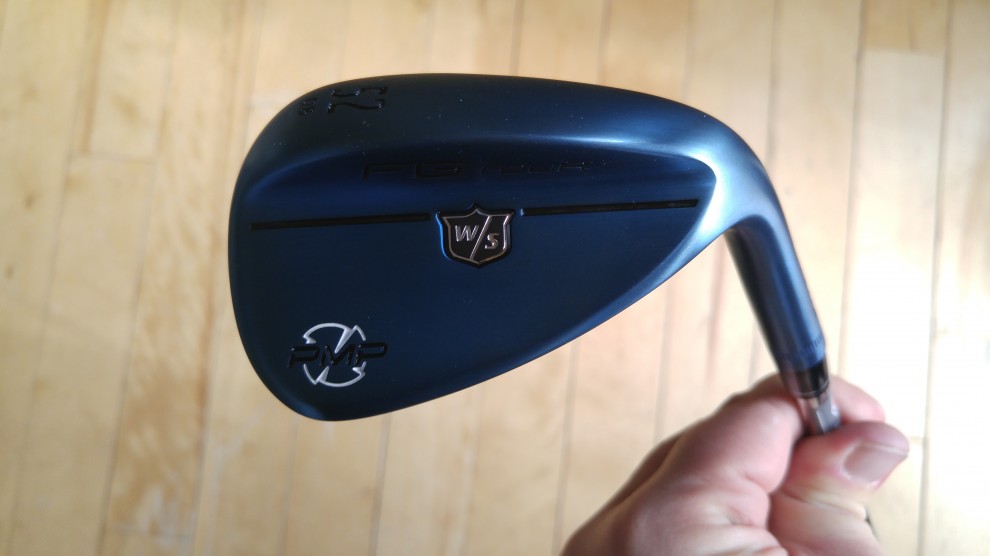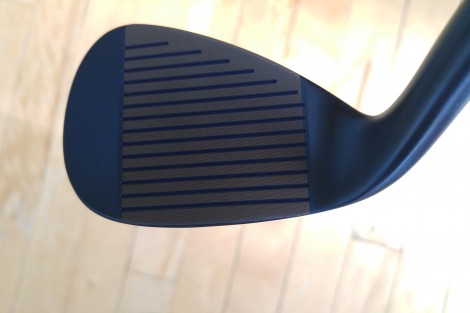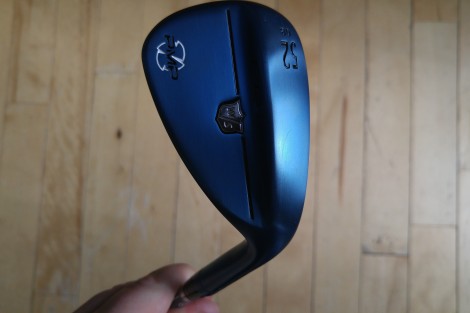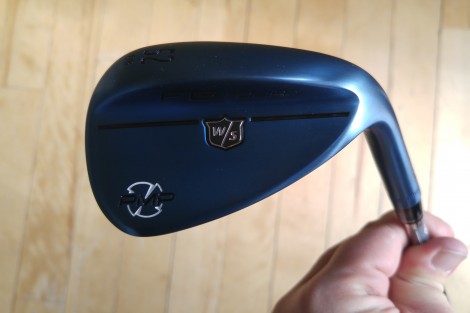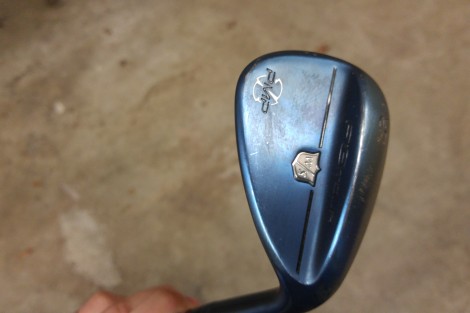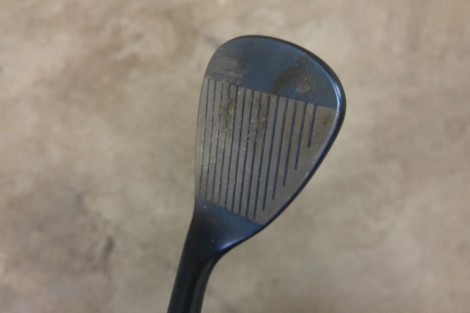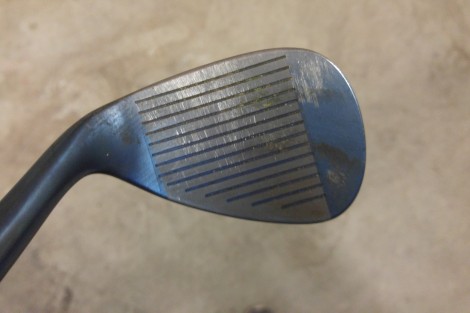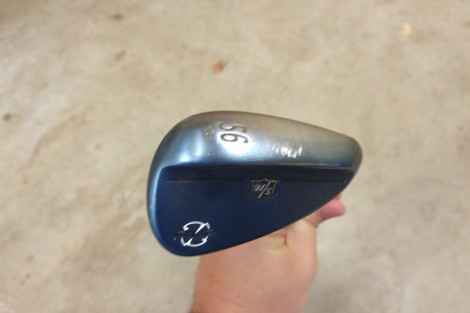I love hitting driver. Making the ball go as far as I can is a lot of fun.
But the pride of my golf game is wedge play. I have a lot of confidence just off the green and, once I dial in at the start of the spring, I love nothing more than swinging inside 100 yards.
Maybe it's no surprise, then, that, when I find a wedge, I stick with it. I played a wedge for two years that had my name misspelled on the shaft graphics because it was so money. I could be Ballangee if I was chipping and pitching like that. In the last year or so, I've jumped around some with wedges -- some for testing, some just looking to find a more up-to-date answer like that piece of misspelled magic.
Enter the Wilson Staff FG Tour PMP wedges. I saw them in person for the first time at the PGA Merchandise Show in January. Wilson made my first full set back in the day -- 20 years ago, yikes -- so, for some reason, I've always rooted for their equipment. They don't need cheerleading with these.
Michael Vrska and his team developed the PMP (which stands for Precision Milled Performance and, yes, reads to the eye like Pimp) wedges as an evolution of the TC wedges, which were a bit of a cult hit.
The story with PMP line is versatility. For this line, Wilson added a third grind, Wide, for players who need some help in getting through the turf with some heel relief. The Wide grind joins the Traditional and versatile Tour grinds. With all of the loft and bounce options, the PMP lines offers 97 unique wedges for players. If you can't find something that strikes your fancy with 97 choices, then you should quit golf.
The Wilson team developed new HM grooves that are the maxed out against USGA rules, positioning 11 on the face of each wedge. In between those grooves on the milled face, are laser-etched Micro Spin lines for additional spin, particularly on partial shots. It's a common feature on modern wedges, something the USGA didn't really anticipate when it forced the groove regulations at the end of the 2000s.
The stock shaft, the KBS Hi-Rev 2.0, has a tip section designed to increase the effective loft of each wedge to help players get the ball in the air, spin more and stop sooner. At first read, that gave me pause. As a high-ball hitter, I don't necessarily need more height. I need a reliable height.
Then there's the finish options. There's the sharp Tour Frosted look, which retails for $100. For $20 more, there's the gun blue PVD finish, which looks amazing out of the box. It's a deeper blue than I found in the Mizuno T-5 wedge, which looked gorgeous and performed well. The grooves just pop with the finish. Naturally, that's what I went with, in the Traditional grind with the 52.8- and 56.14-degree options. (In the last year, I've liked more bounce on my sand wedge as I've steepened my swing plane.) Had I gone into the lob wedge with these, I'd have gone with the Tour grind with the 60-degree.
First on-course swing with the 52-degree wedge was on a soft Argyle Country Club first hole from about 90 yards with a brand new TaylorMade Project (a) ball. I already spin that pretty well as it is, but this swing was insane. My ball landed 10 feet short of the target and sucked back another 25 feet. That's not something I typically do. Fresh grooves.
I used that same ball-club combination throughout my recent golf trip to Orlando. Five rounds in five days. It took a few days to get my wedge swing grooved as I like it, but by Day 4, I had it. At the tricky and difficult Bella Collina outside of Orlando, I was 3 under through six thanks, in large part, to the ease I had in checking these wedges, particularly from partial distances. I had no problem hitting the shots I wanted and getting them to hold up on fairly firm greens. The wedges feel a little heavy, but I grew to like that. I felt like I could go after a few wedge shots, especially the ones that were in between a pedal-down 52 and a baby pitching wedge. Me personally? I'd always rather swing harder.
On the sand-based courses in Florida, the blue finish wore off some. Then again, I use my wedges a little more with speed than an average person. If you hit something hard for long enough, it'll start to fade. You can judge for yourself, but I had no problem with the fade pattern. It looks more like black metal, which doesn't throw me off. I'll have to keep an eye out on the wear and tear as we go through the spring.
The Wilson FG Tour PMP wedges are available now.

